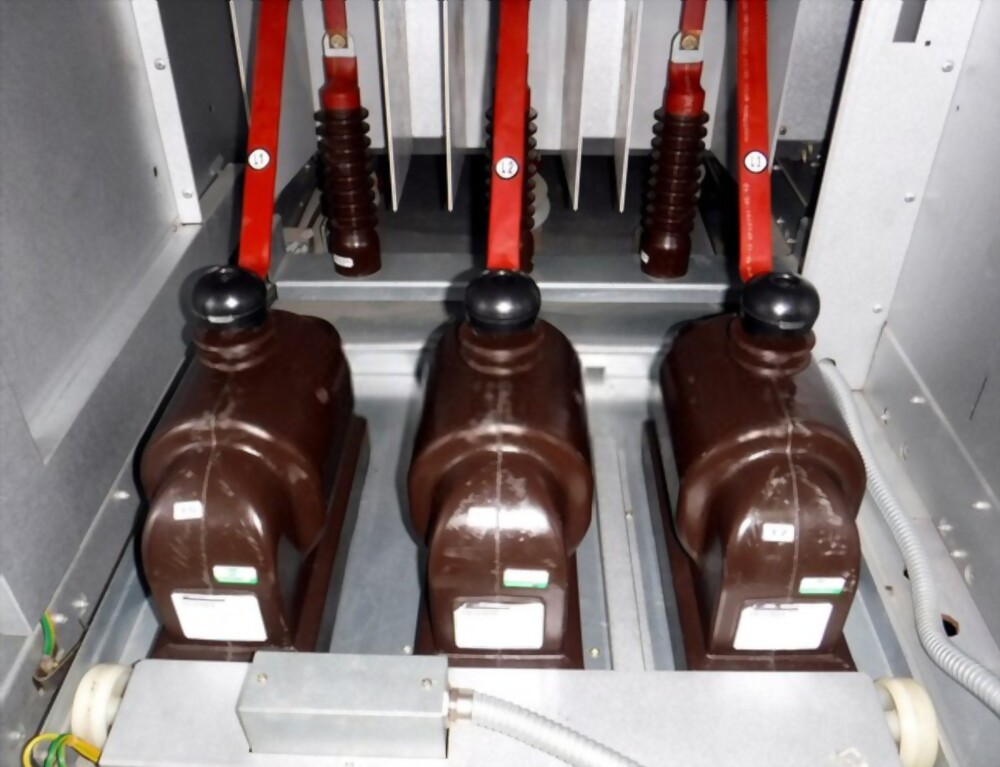Medium voltage (MV) cables are widely used in various applications, including power distribution, renewable energy, industrial, and commercial projects. MV cable, or medium voltage power cable, is designed to carry medium voltage electrical power between 1 kV and 33 kV. The insulation and sheathing of MV cables are usually made of different materials to meet the application’s specific needs. This article will discuss where MV cables are used and their advantages.
Powering Up: How MV Cables Dominate the Power Distribution Landscape
The most common application of MV cable is power distribution. MV cables transmit electrical power from distribution substations to local transformers and then to buildings, factories, and other facilities. MV cables are preferred for power distribution because of their higher voltage ratings and lower voltage drop. In addition, MV cables are more reliable and have lower losses than low-voltage cables, which makes them ideal for long-distance power transmission.

Renewable energy projects, such as wind and solar power plants, also use MV cables to transmit electrical power from the generators to the substations or the grid. MV cables are preferred for renewable energy applications because of their higher voltage ratings, enabling power transmission over long distances with fewer losses.
Beyond Power Distribution: How MV Cable Fuel Heavy Industries?
MV cables are also used in industrial applications, such as oil and gas, petrochemical, and mining. MV cables are used in these industries to power heavy machinery, pumps, compressors, and other equipment. MV cables are preferred for industrial applications because they can withstand harsh environmental conditions, such as extreme temperatures, moisture, chemicals, and mechanical stress.
Another application of MV cables is in the transportation sector. MV cables are used in railway systems, airports, and seaports to power signaling systems, lighting, and other equipment. MV cables are preferred for transportation applications because of their reliability, safety, and low maintenance requirements.
Power Play: The Surprising Advantages of MV Cable over Low-Voltage Options
MV cables have several advantages over low-voltage (LV) cables. MV cables have higher voltage ratings, so they can transmit more power over longer distances with fewer losses. MV cables are also more reliable and have longer lifespans than LV cables. MV cables are more resistant to electrical and mechanical stress, which makes them ideal for harsh environments.
LV cable installation requires fewer precautions than MV cable installation. LV cables are usually installed in trenches or ducts, and the installation process is simpler and less expensive. MV cable installation requires more precautions, such as using specialized tools, protective gear, and trained personnel. MV cables are usually installed in underground tunnels, overhead lines, or trays, which requires more planning and engineering.
Conclusion
In conclusion, MV cables are widely used in various applications, including power distribution, renewable energy, industrial, and transportation. MV cables have several advantages over LV cables, such as higher voltage ratings, greater reliability, and longer lifespans. The choice of MV cable depends on the specific needs of the application and the environmental conditions. Installing MV cables requires more precautions and specialized skills than LV cables. If you are planning to install MV cables, it is essential to consult with experienced professionals who can guide you through the process and ensure a safe and efficient installation.